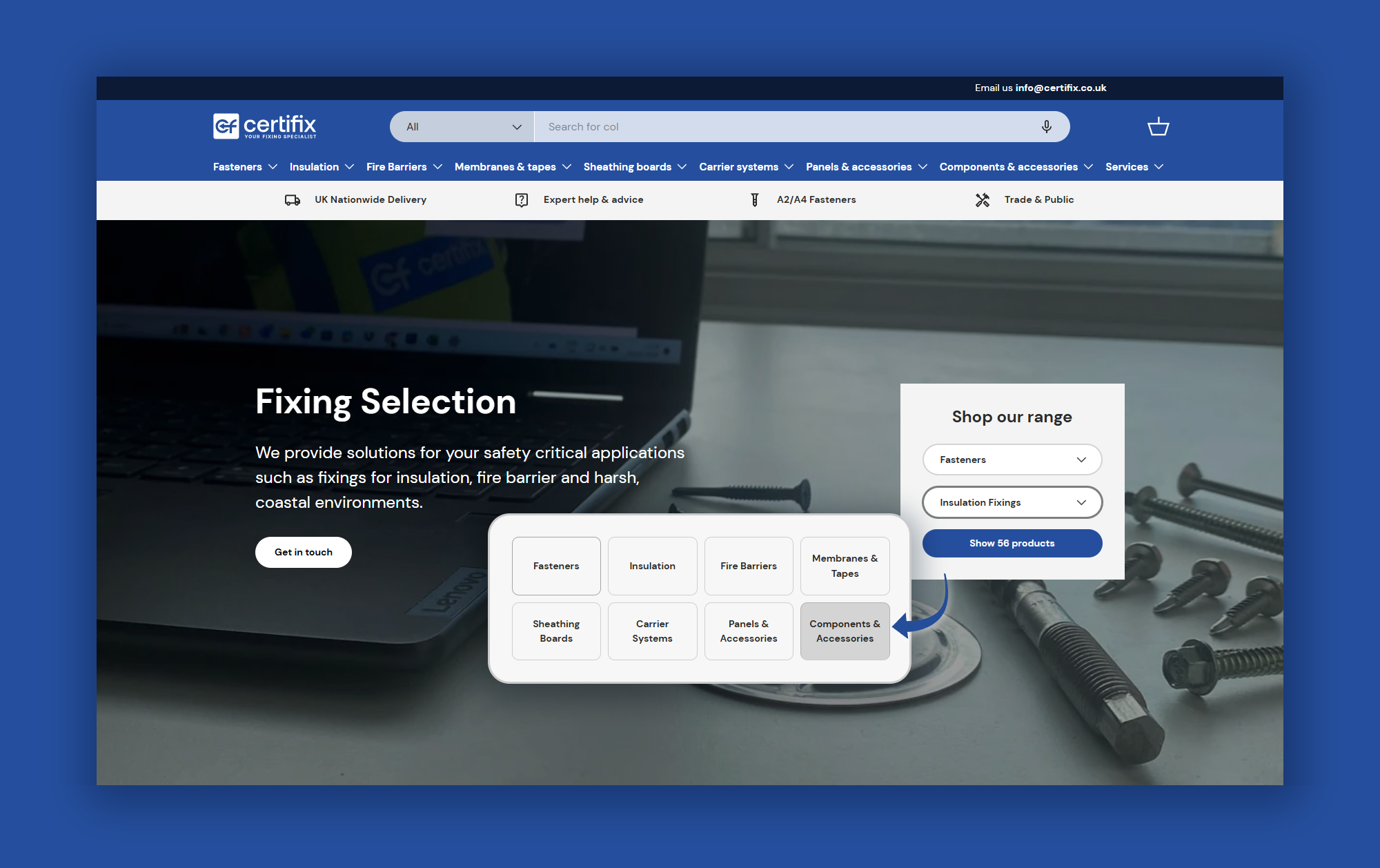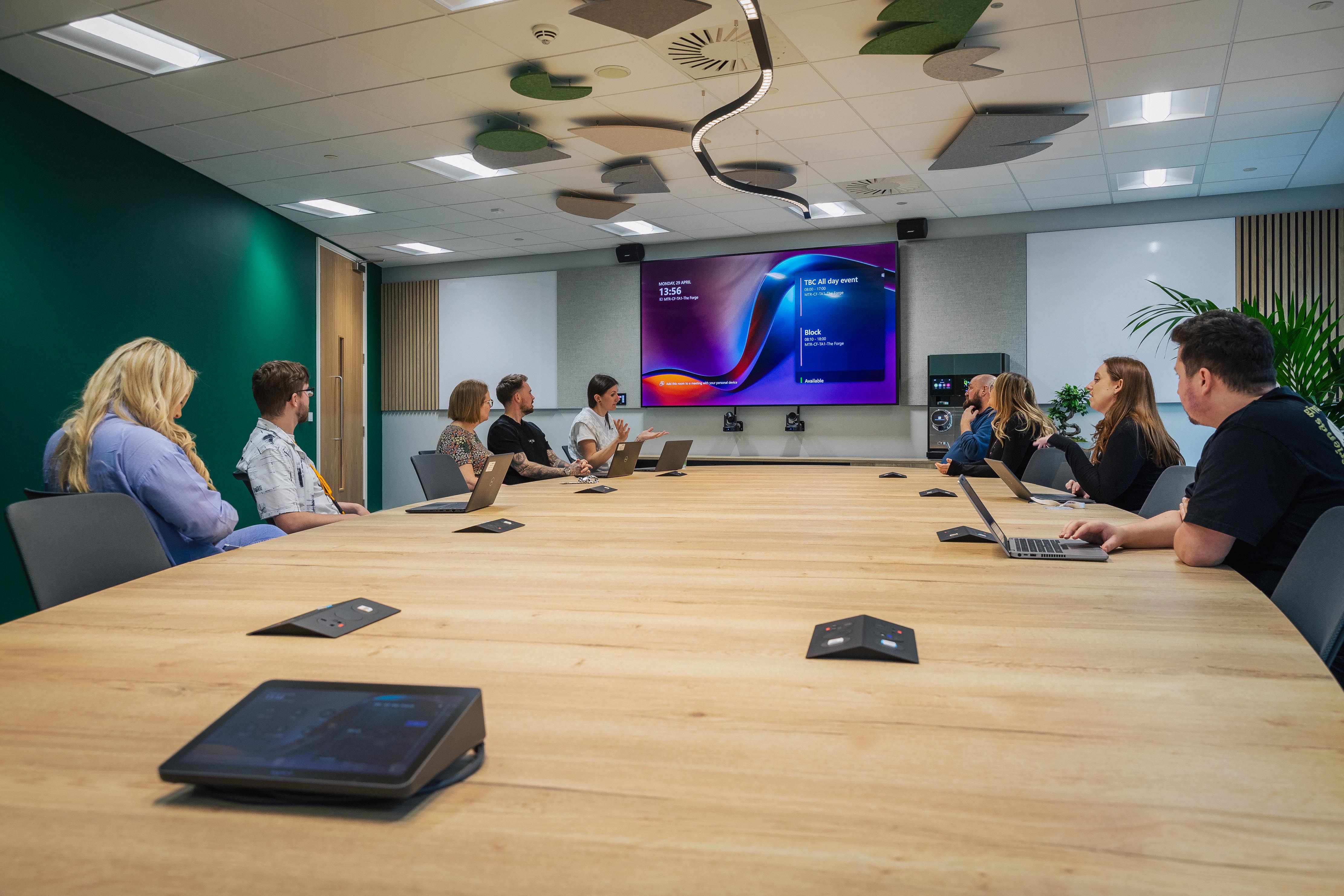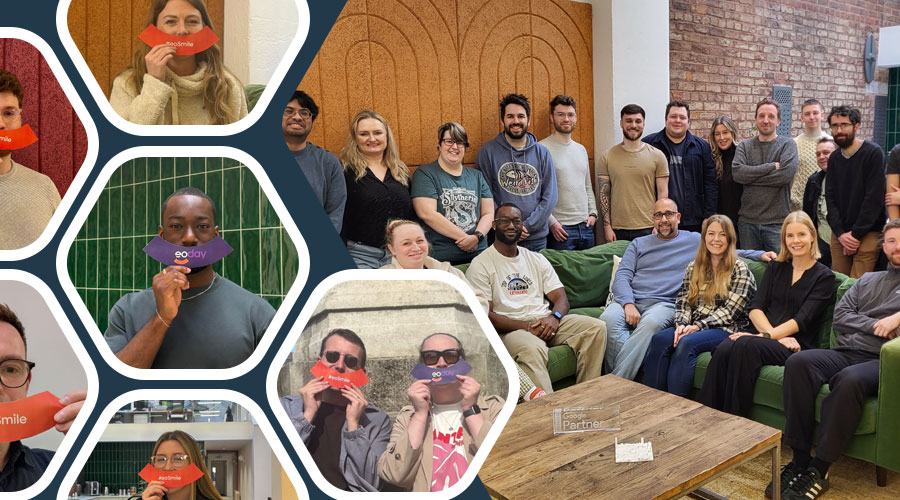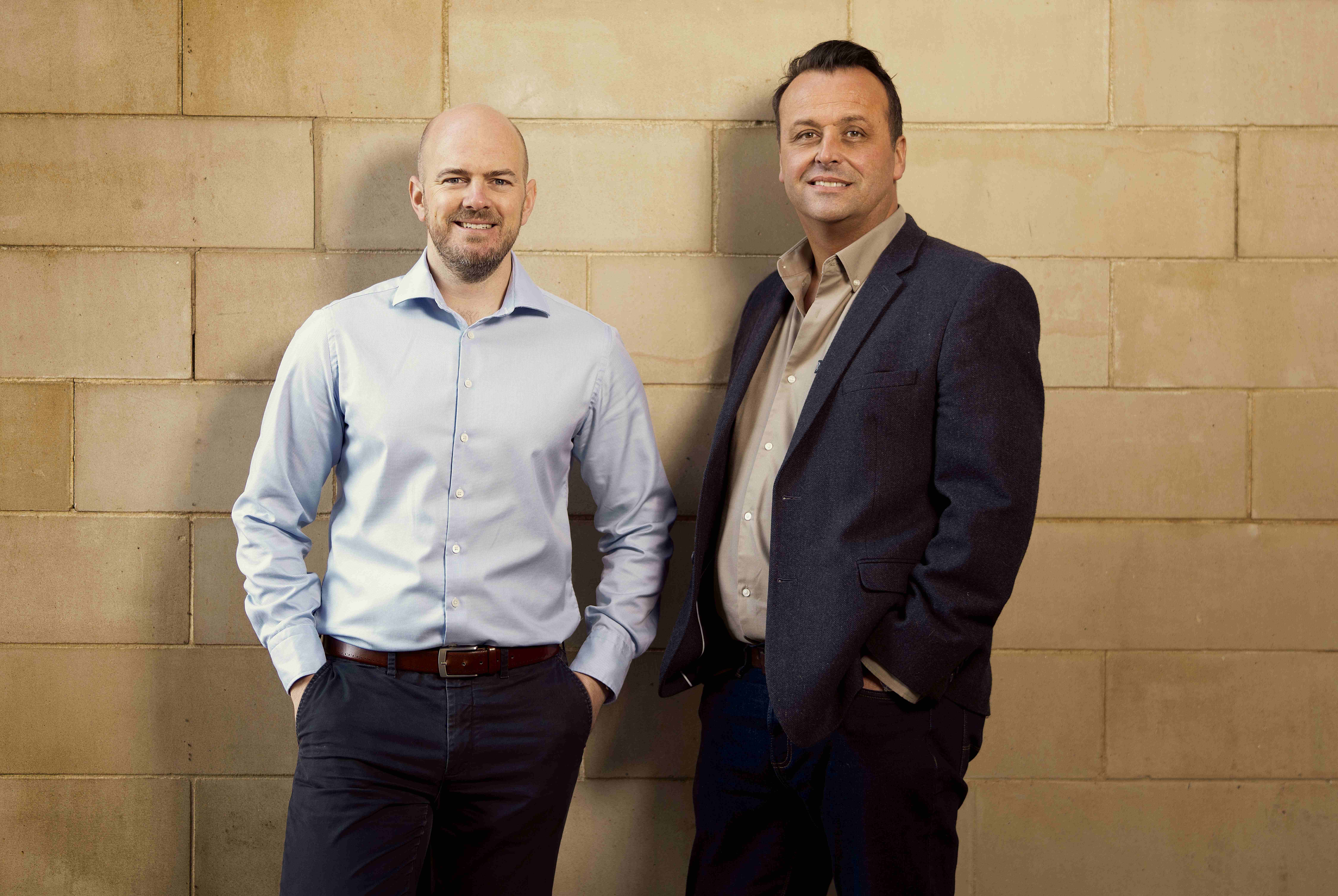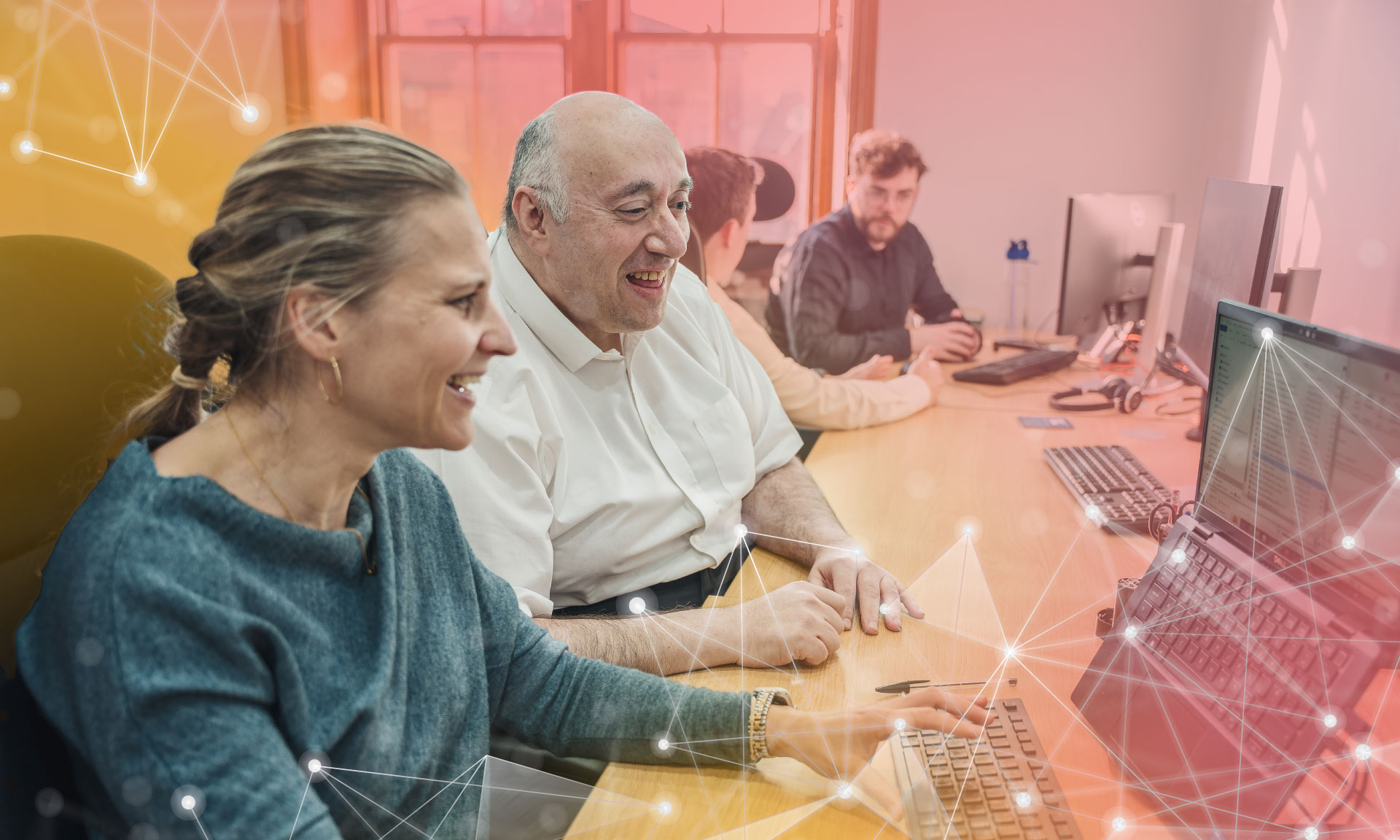
Apprentices’ perspectives on AI at work
Recent developments in artificial intelligence (AI) have taken the world by storm, giving businesses and the public access to capabilities they could only dream of a few years ago.
But what do those on the frontline make of the changes? We spoke to current and former digital apprentices to hear how they use the technology and explore the prospect of an AI-powered future.
AI in today’s workplace
Most of the apprentices we spoke to see AI as an assistant that enhances what they already do. "I use AI for debugging code I've written. It’s a really good way to save some time while maintaining oversight of the task," explains Jamie Kavanagh, insights analyst at Oxfordshire County Council and former Data Analyst apprentice.
He also uses AI to test ideas and suggest solutions to problems. At the same time, Jamie admits that the technology isn’t yet capable of delivering a finished piece of work.
Elle Neal, data scientist at BPA Quality UK and Artificial Intelligence Data Specialist apprentice, sees AI as a co-pilot that complements her own abilities. "As someone with ADHD, it gives me access to capabilities I don't have. For example, before I would have had to ask someone for help when making sense of large texts, but now I can ask the AI, so it's lending me an extra skill.” Agreeing with Jamie, she adds that the technology can’t yet do everything for you.
Lawrence Parkin, a former Digital Marketer apprentice, offers his perspective as a marketing manager at BCS: “AI means everyone now has access to their own personal assistant – it can become your SEO expert, your content writer, your social media manager… it can even write you a pretty good marketing plan.”
But like the others, he’s quick to flag AI’s limitations in the workplace. "The issue is that many AI tools use the same language model, so the output is pretty similar. This is where it becomes important to differentiate yourself as a professional."
The future of AI at work
As an AI app developer in her spare time, Elle is excited by the technology’s transformative potential. "AI allows people to do more with less, and to speed up time-consuming work." With AI by their side, she says, professionals can finally delegate mundane tasks in favour of those that add real value to their organisation. And on a larger scale, companies can use it to revisit unresolved challenges and find new solutions.
But for Elle, the impact goes further than individual business success. “AI allows us to work on more passion projects that can help change the world - something that could never have been fathomed before and might have cost thousands to do is now possible for the average Joe.”
Lawrence also recognises AI’s potential to revolutionise the way we work. "If generative AI can produce things that are in the exact tone of voice and branding of the company, you could write an article, design an advert, and post on social media in under an hour. You then have far more time to look at the strategic aspects of your role… right now, most of us are just trying to keep pace with our required output.”
Can AI replace humans?
While most of the group see AI as a force for good, they also point out the disastrous consequences of overestimating its abilities.
Jamie urges realistic expectations from employers, explaining that "AI hasn’t yet mastered essential skills, and it can’t carry out more intellectual tasks. For example, it can’t create groundbreaking bits of code on its own without the input of a skilled data analyst, coder, or programmer.”
He stresses the need for human intelligence in guiding AI and advocates training staff to embrace it rather than replacing them with the technology. According to Jamie, bodies such as BCS can play a vital role in showing organisations how to adopt AI sustainably and inclusively.
Elle sides with Jamie in warning against laying off employees, encouraging organisations to assess the ethical and social implications of AI on their workforce. Despite this, she suggests anyone who is displaced by the technology will be able to move into new areas of work such as developing and evaluating AI tools: “AI presents brand new opportunities for businesses, and they will need people and expertise to take advantage of these. It requires people with subject matter expertise in all areas, as well as those who are creative and good at communicating – working with AI goes far beyond technical skills.”
Liz Elliott, business systems analyst at BCS and former Business Analyst apprentice, believes AI isn’t yet capable of filling in for most humans: “There are lots of jobs that can’t be replaced by AI as it doesn’t have the power of independent thought or logic.”
She suggests that while AI will change the nature of work over time, the rate of adoption depends on how comfortable people are using it: “There will be people willing to give it a go and see what it can do, and people who will fear it.”
Navigating the risks
As digital specialists, those we spoke to are well-versed in the risks of adopting new technologies at speed.
Jamie emphasises the need to handle sensitive data securely, and warns against training AI on biased data: “You've got to follow a clear process and be really transparent about how you've trained the model to behave. If we’re not careful, AI could perpetuate biases, when it should instead be used to improve inclusion.”
He proposes a balanced approach that embraces the opportunities while laying down some ground rules: “While we shouldn’t be afraid of tech, we need to use it wisely rather than running full steam ahead, and it needs to be properly regulated.”
Elle recommends training AI to explain its own decisions in order to avoid bias and help businesses operate transparently. She also stresses the need for AI creators to take responsibility for informing users about AI's limitations, such as including medical disclaimers on tools like ChatGPT.
Lawrence echoes the need for a balance between efficiency and safety, suggesting the introduction of international standards for AI tools as well as strong company policies and training for the organisations that use them. He cites some of the alarming prejudices AI has displayed so far, from facial recognition software that leads police to disproportionately arrest Black people, to political bias inherent in ChatGPT. Despite the setbacks, he’s optimistic we can eliminate such biases in time.
Equipping professionals for the AI era
Taking all of this into account, what’s the best way to help professionals get the best out of AI while swerving its pitfalls? Jamie advocates upskilling the workforce through training that’s tailored to individual needs within different industries and roles.
For Elle, it’s all about making AI fun and accessible: “Once you start getting AI into people’s hands, ideas emerge and they come up with fantastic ways of hacking it that are specific to their role and the problems they face each day.
“Giving people access is the first step to breaking down barriers to change as it turns an unknown into something everyone can get creative with and excited about.”
Liz reiterates Jamie’s call for education, and reminds us of the dangers of AI with a striking metaphor: “What comes out of an AI prompt isn’t necessarily accurate or truthful. When driving a car, you have to be responsible behind the wheel and remain alert, and AI is no different.”


